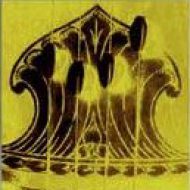The Kaṭapayādi sūtra is an aid to memory or “mnemonic system”. Its name corresponds to a “thread” (sūtra), here provided by the initials of four sets of letters within the Sanskrit alphabet: Ka Ṭa Pa and Ya A total of 33 letters are distributed among ten numbers including 0 (zero): K (1st) to 9 (nava = 9) + …
Category archives: Resources
“Bhava” and “Rasa” explained by V. Premalatha
“Rasa is realised in from the combination of the sthāyibhāva (permanent and dominant emotional mood) with the vibhāva-s (the objects of emotions such as the hero and the heroine, and the exciting causes such as the spring, flowers, moonlight and the bower), anubhāva-s (the external manifestations of emotions such as the movement of the eye-brows, …
Continue reading ““Bhava” and “Rasa” explained by V. Premalatha”
Indian music and the west – an account by Sangita Kalanidhi Trichy Sankaran
Tiruvarur to Texas, Carnatic musicians have transcended global cultures, echoing the seven notes to the West. Trichy Sankaran,to be honoured with the Sangita Kalanidhi today, summarises Carnatic music’s history in America in a chat with critic Veejay Sai While everyone is aware of how Hindustani music became popular in the West, especially America, with maestros like …
Continue reading “Indian music and the west – an account by Sangita Kalanidhi Trichy Sankaran”
